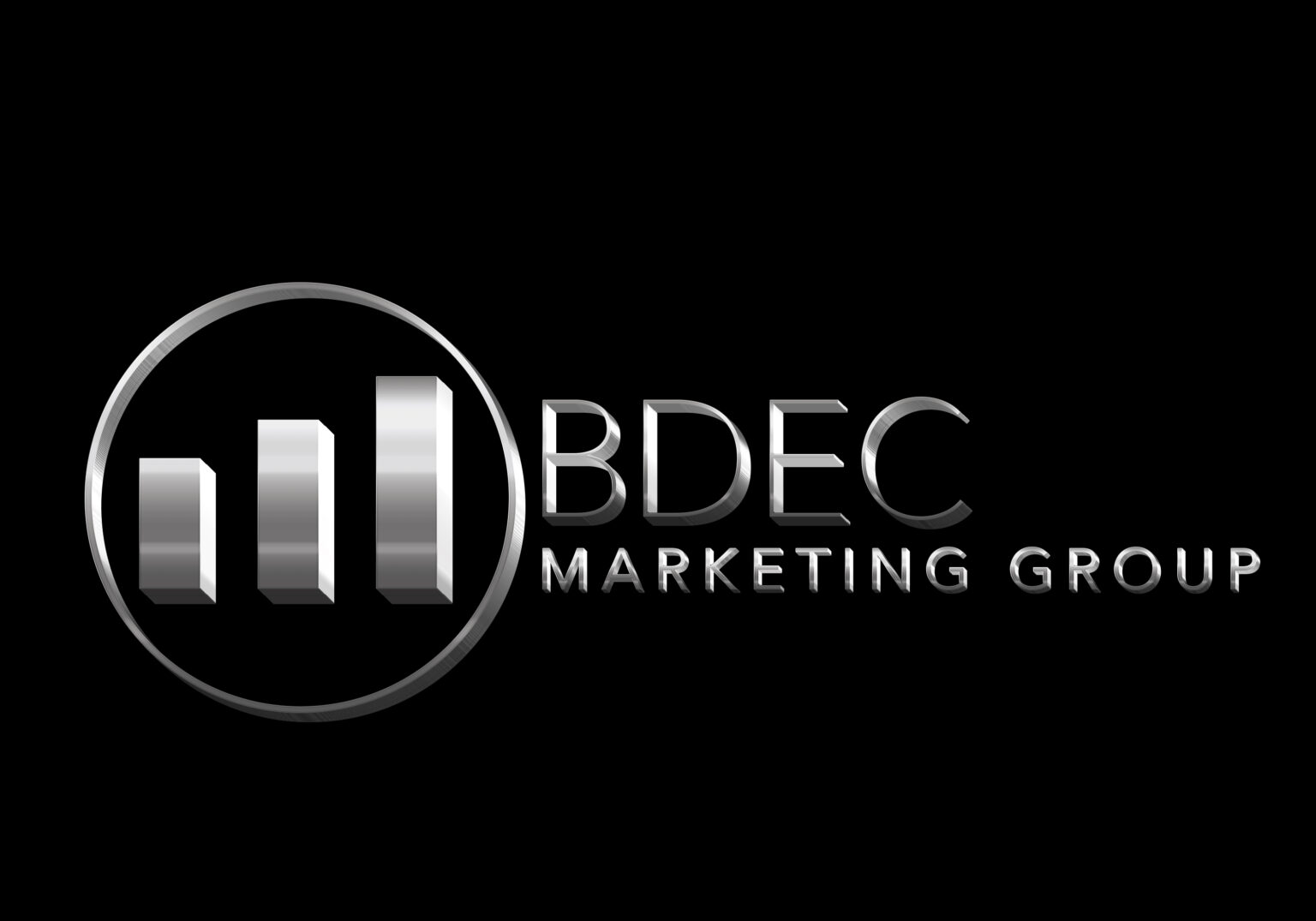Establishing a strong and consistent brand identity for your law firm is more critical than ever. Your brand is not just your logo and the colors you use; it’s the overall image and reputation you project to your clients and the public. Consistency in branding standards is key to building trust and recognition in the legal industry. In this article, we’ll explore the essential steps and strategies for setting branding standards which is crucial for law firm marketing.
Understanding the Importance of Branding for Law Firms
Defining Branding for a Law Firm
Before diving into branding standards, it’s essential to understand what branding means for a law firm. Your brand encompasses your firm’s values, reputation, visual elements, and the experience you provide to clients. It’s the unique essence that distinguishes your firm from others.
The Impact of Branding on Client Trust
A consistent and well-defined brand builds trust with your clients. When clients can easily recognize and remember your brand, they are more likely to choose your services over competitors. A strong brand creates a sense of reliability and professionalism.
Branding and Differentiation
In a crowded legal market, differentiation is crucial. Branding helps you stand out and communicate your unique selling points, making it easier for potential clients to understand what sets your firm apart.
Section 2: Establishing the Foundations of Your Law Firm Brand
Defining Your Brand Identity
Start by defining your firm’s brand identity. Consider your mission, values, and the type of clients you want to attract. Your brand identity should align with the legal services you offer and the clients you serve.
Creating a Compelling Brand Story
Your brand story should convey the journey of your law firm, its purpose, and the impact it has on clients. A compelling narrative can connect with potential clients on an emotional level.
Identifying Your Target Audience
Understanding your target audience is crucial for crafting a brand that resonates with them. Consider their demographics, needs, and pain points. Your branding efforts should address and appeal to your ideal clients.
Conducting a Competitor Analysis
To stand out in the legal field, you must be aware of your competitors’ branding. Identify what works and what doesn’t in their branding efforts and use that knowledge to refine your own.
Visual Branding Elements
Logo Design
Your law firm’s logo is one of the most recognizable elements of your brand. It should be professionally designed and reflect your firm’s values and identity. Select colors and fonts that align with your brand’s personality. You should maintain consistency across the board with all law firm marketing material.
Color Palette
Colors evoke specific emotions and perceptions. Choose a color palette that resonates with your target audience and is consistent with your brand identity.
Typography
Select fonts that are easy to read and match the personality of your brand. Consistency in font usage across all materials is crucial for brand recognition.
Imagery and Photography
The images you use, whether of your team or related to your practice areas, should align with your brand identity. High-quality, professional imagery conveys trust and competence.
Establishing Branding Standards
Brand Guidelines
Create a comprehensive brand guidelines document that outlines the usage of all branding elements, from logo size and placement to color codes and typography. This document will serve as a reference for anyone working on firm-related materials.
Voice and Tone
Consistency in the way you communicate with your audience is essential. Define your firm’s voice and tone, whether it’s formal, approachable, or somewhere in between. Ensure that all content, from website copy to marketing materials, adheres to these guidelines.
Messaging and Taglines
Develop clear and concise messaging that conveys your brand’s value and differentiators. A memorable tagline can help reinforce your firm’s core message.
Use of Social Media and Online Presence
Maintain a cohesive brand presence on social media platforms and your website. Consistency in visual elements, posting frequency, and messaging is key to building brand recognition in the digital space.
Marketing Collateral and Materials
Business Cards
Your law firm’s business cards should follow the established brand guidelines, including logo placement, color scheme, and typography.
Letterhead and Stationery
Consistency in letterhead and stationery design reflects professionalism. Ensure that all written communications adhere to your branding standards.
Brochures and Flyers
Marketing collateral, such as brochures and flyers, should be designed in alignment with your brand guidelines to create a cohesive visual identity.
Website Design
Your law firm’s website is often the first point of contact for potential clients. Ensure that the website design and content align with your brand’s values and identity.
Branding Implementation
Internal Training
All members of your firm should be familiar with the brand guidelines and adhere to them when creating materials or interacting with clients. Consider conducting training sessions to ensure everyone is on the same page.
Consistency in Client Experience
Every interaction a client has with your firm should reflect your brand identity. This includes the way phone calls are answered, how emails are crafted, and the demeanor of your team.
Client Feedback
Regularly gather feedback from clients to ensure that their experience aligns with your brand promises. Use this input to make necessary adjustments.
Monitoring and Adaptation
The legal industry and client expectations evolve. Regularly monitor the effectiveness of your branding efforts and be prepared to adapt as needed to stay relevant and competitive.
Measuring Branding Success
Key Performance Indicators (KPIs)
Determine specific KPIs to measure the success of your branding efforts. This may include website traffic, social media engagement, client satisfaction, and new client acquisition.
Tracking and Analysis
Regularly track and analyze the data related to your KPIs. Use this data to make informed decisions about your branding strategy.
Branding is a powerful tool for law firms to establish trust, differentiation, and recognition in a competitive market. Setting and maintaining branding standards is a long-term investment that pays off through increased client loyalty and business growth. Remember, a well-defined brand not only attracts clients but also helps your firm leave a lasting impression in the legal world.
BDEC Marketing Group focuses on help law firms build their marketing and business development foundation. Book a free call with us today and learn how BDEC can help you grow your law firm.




